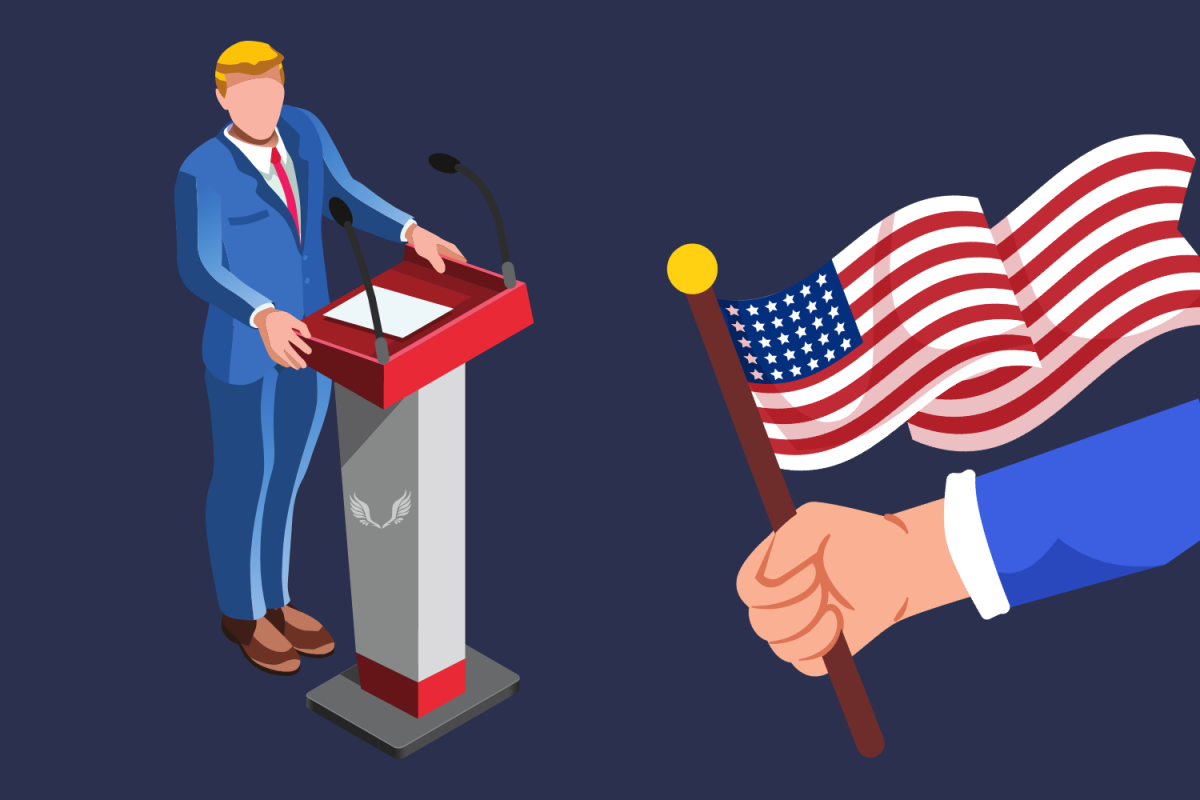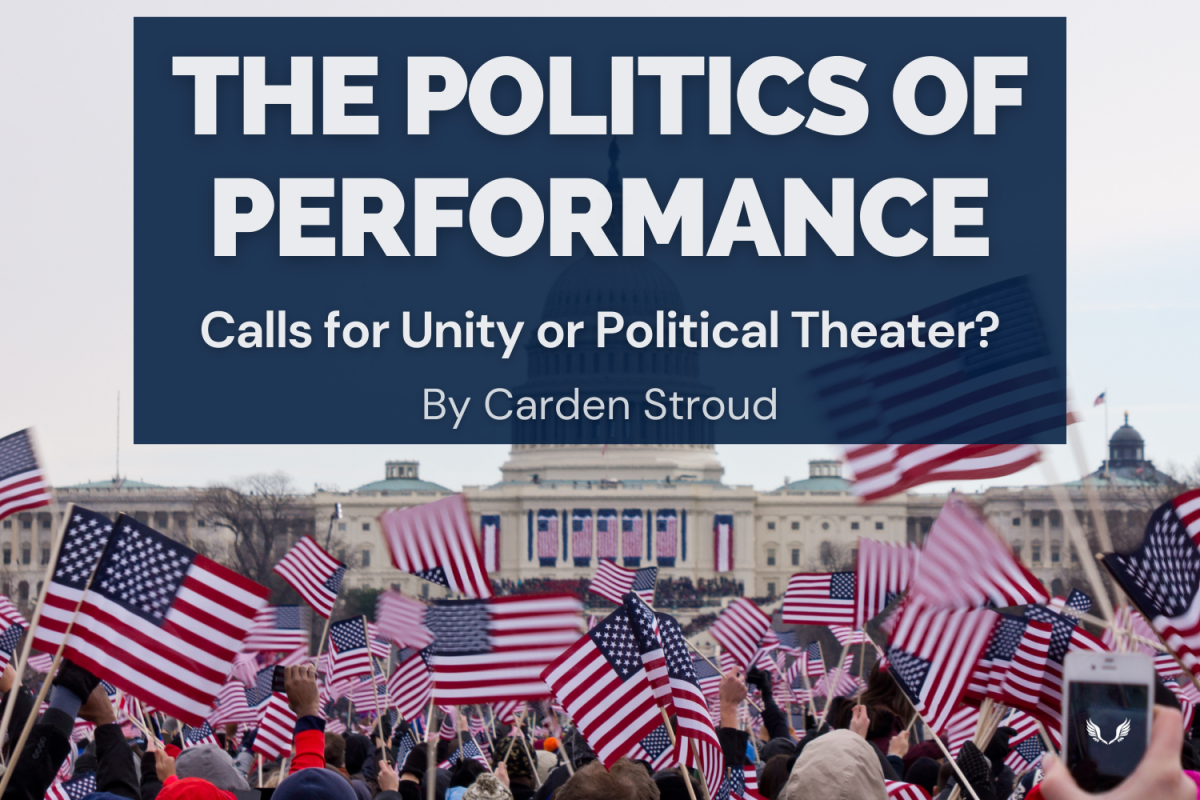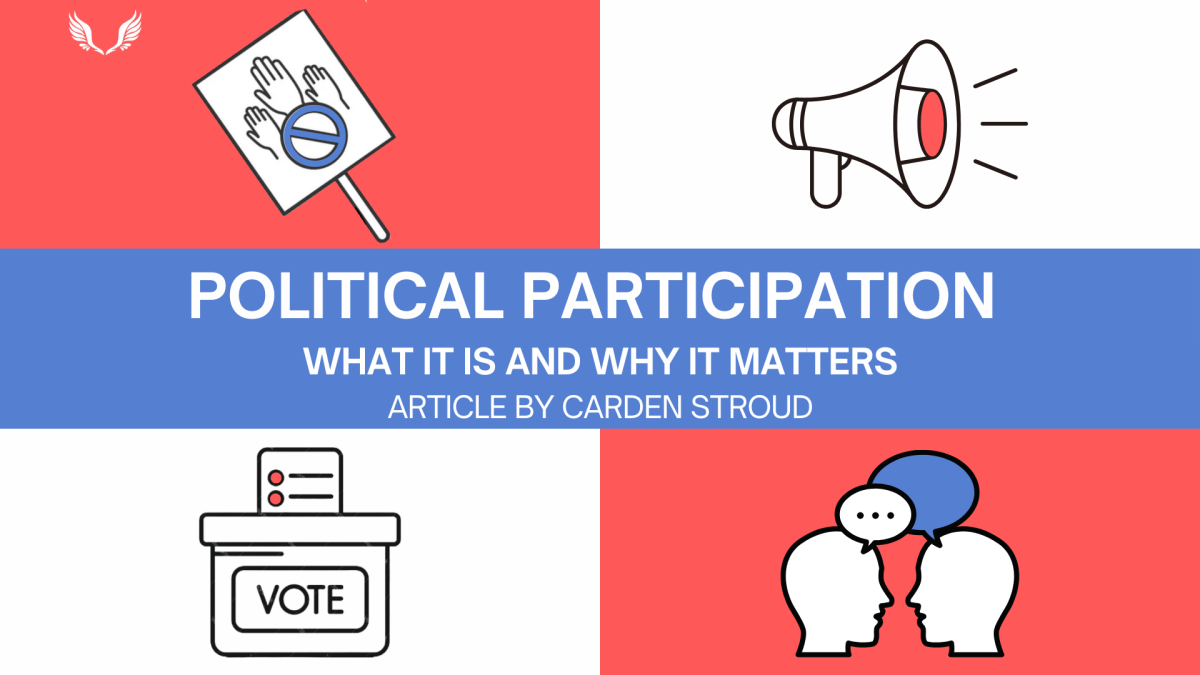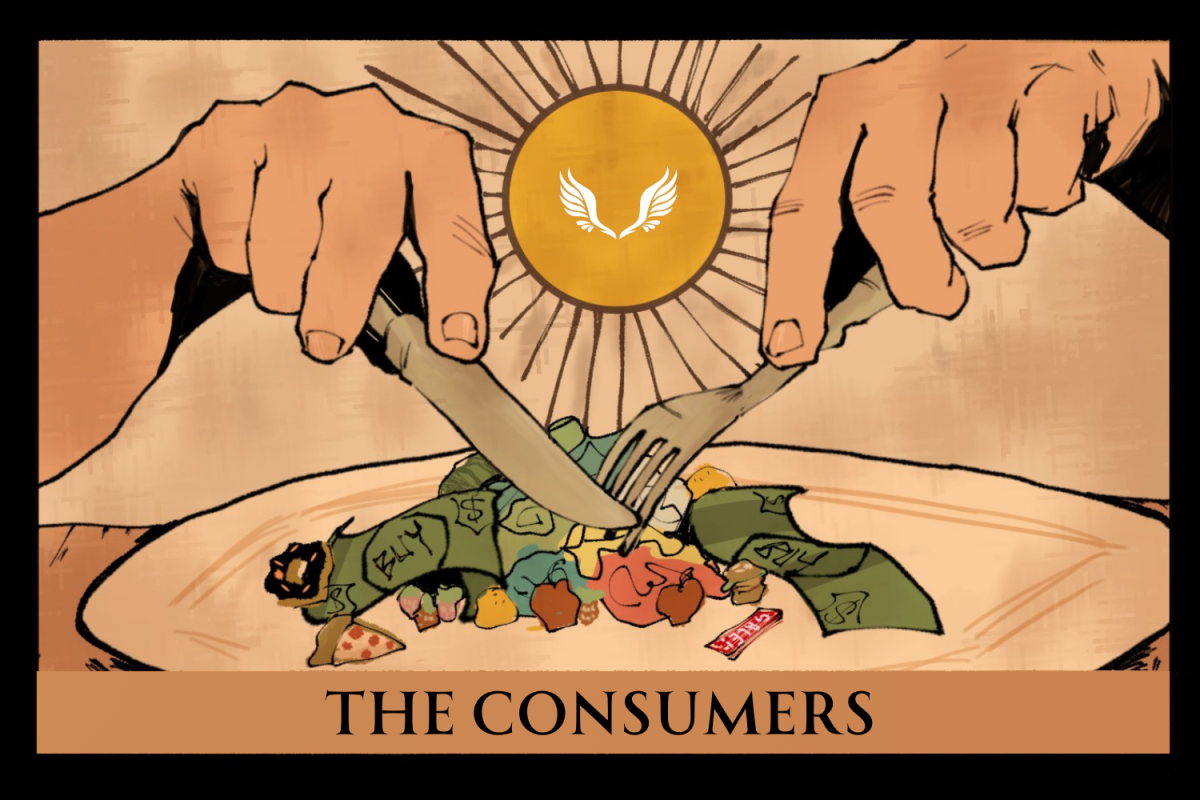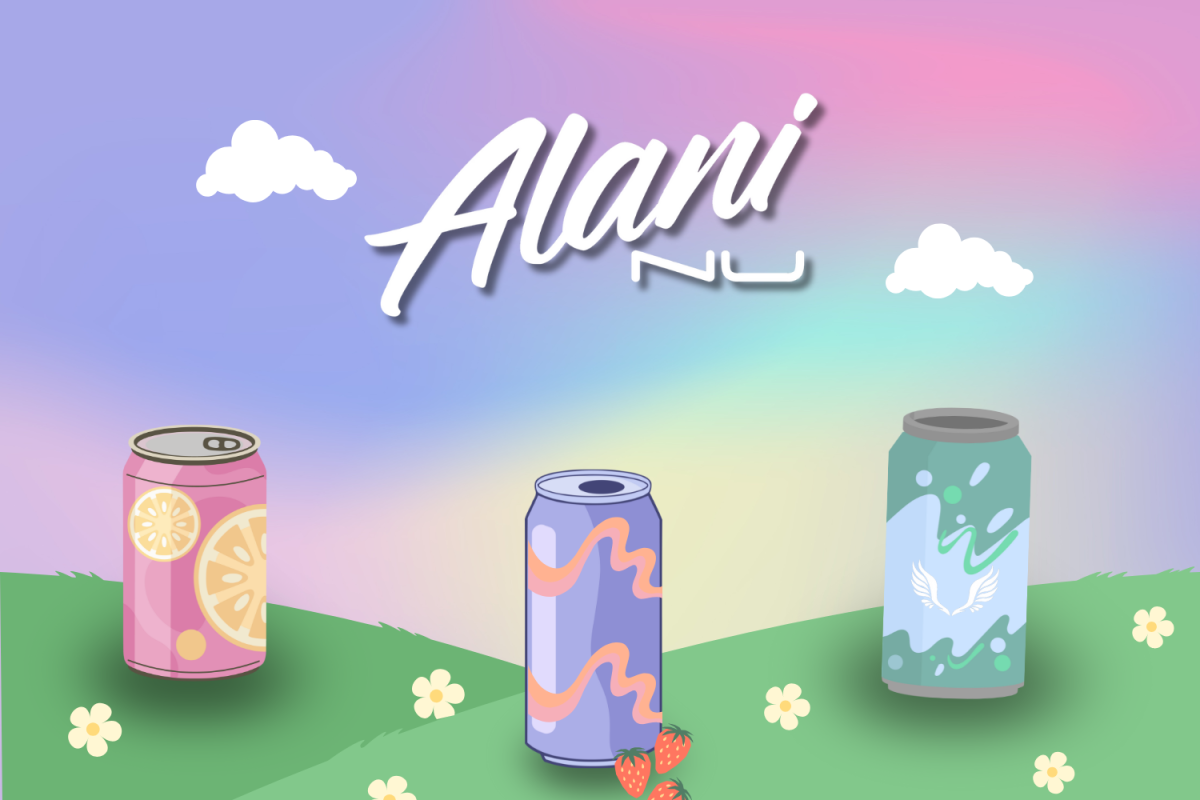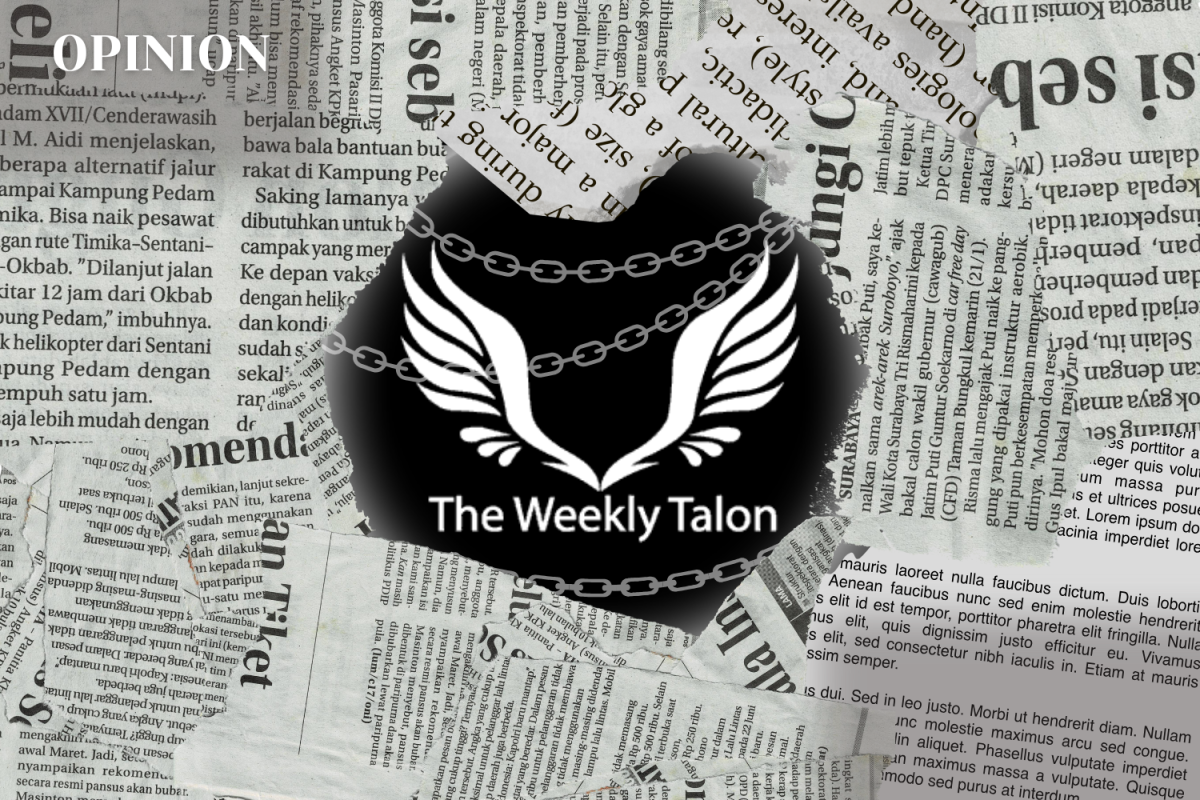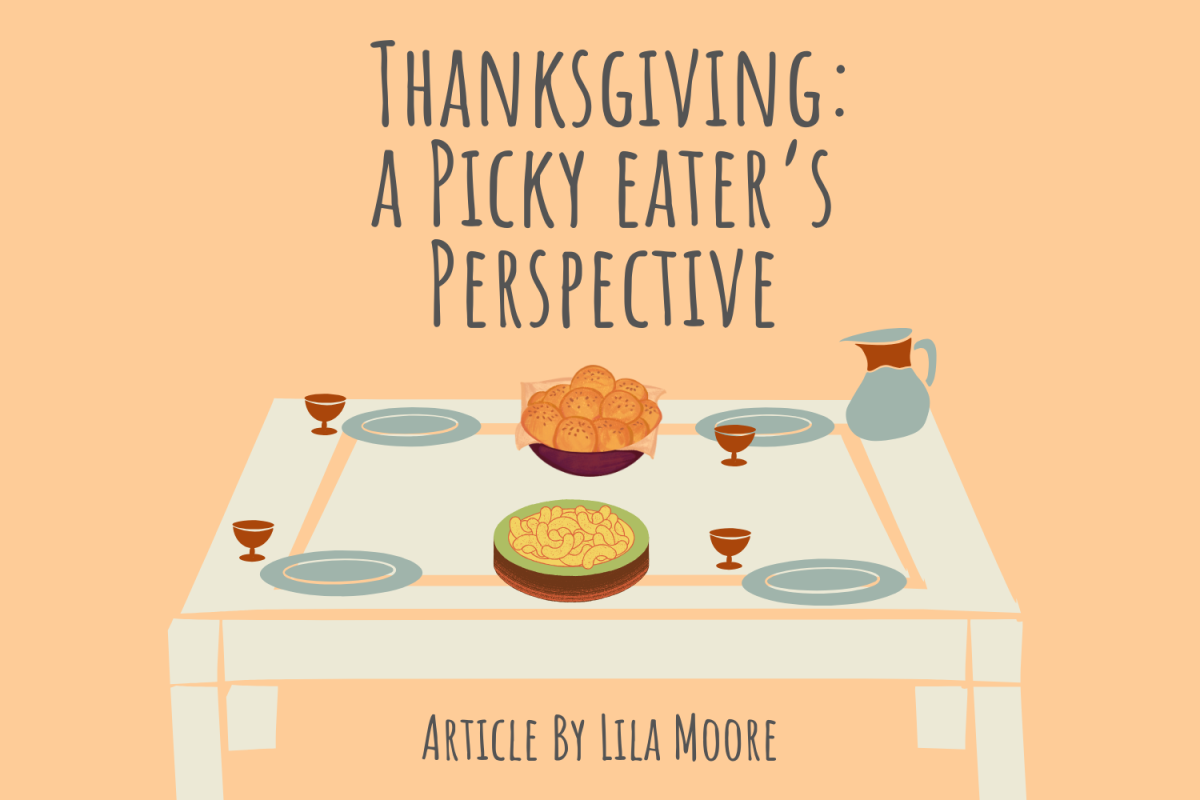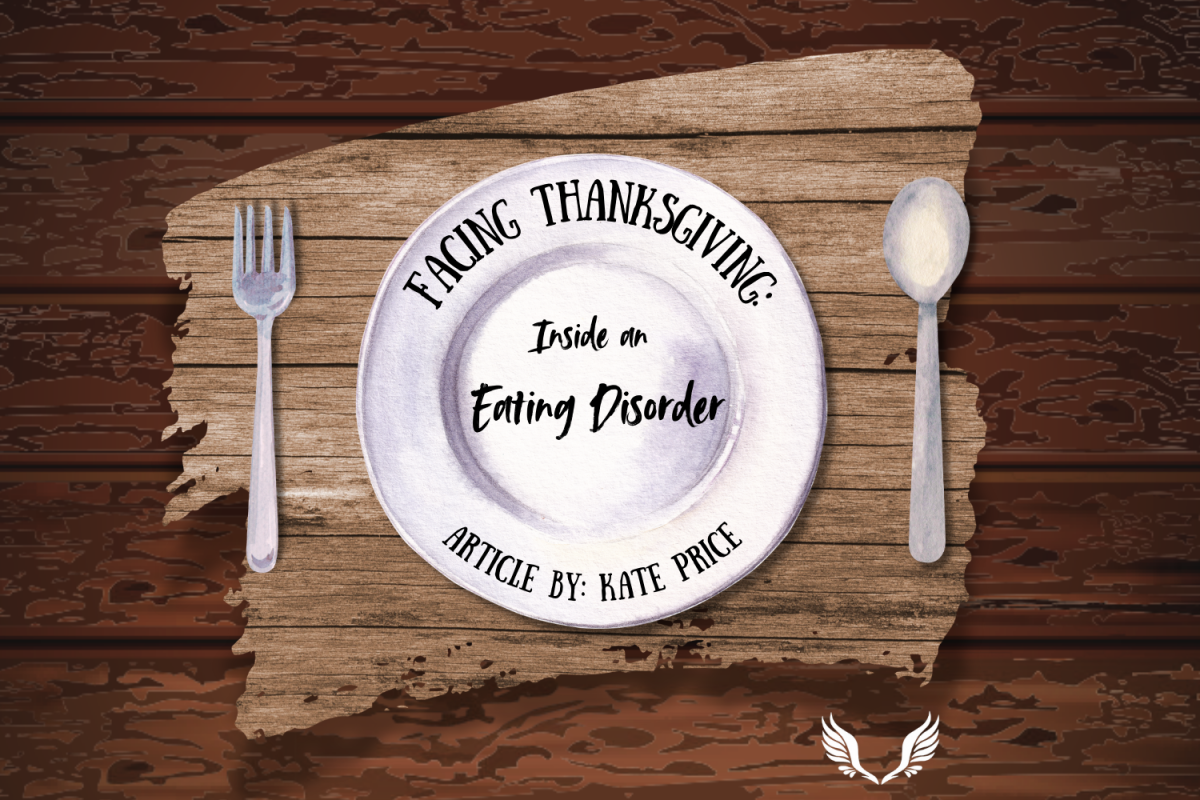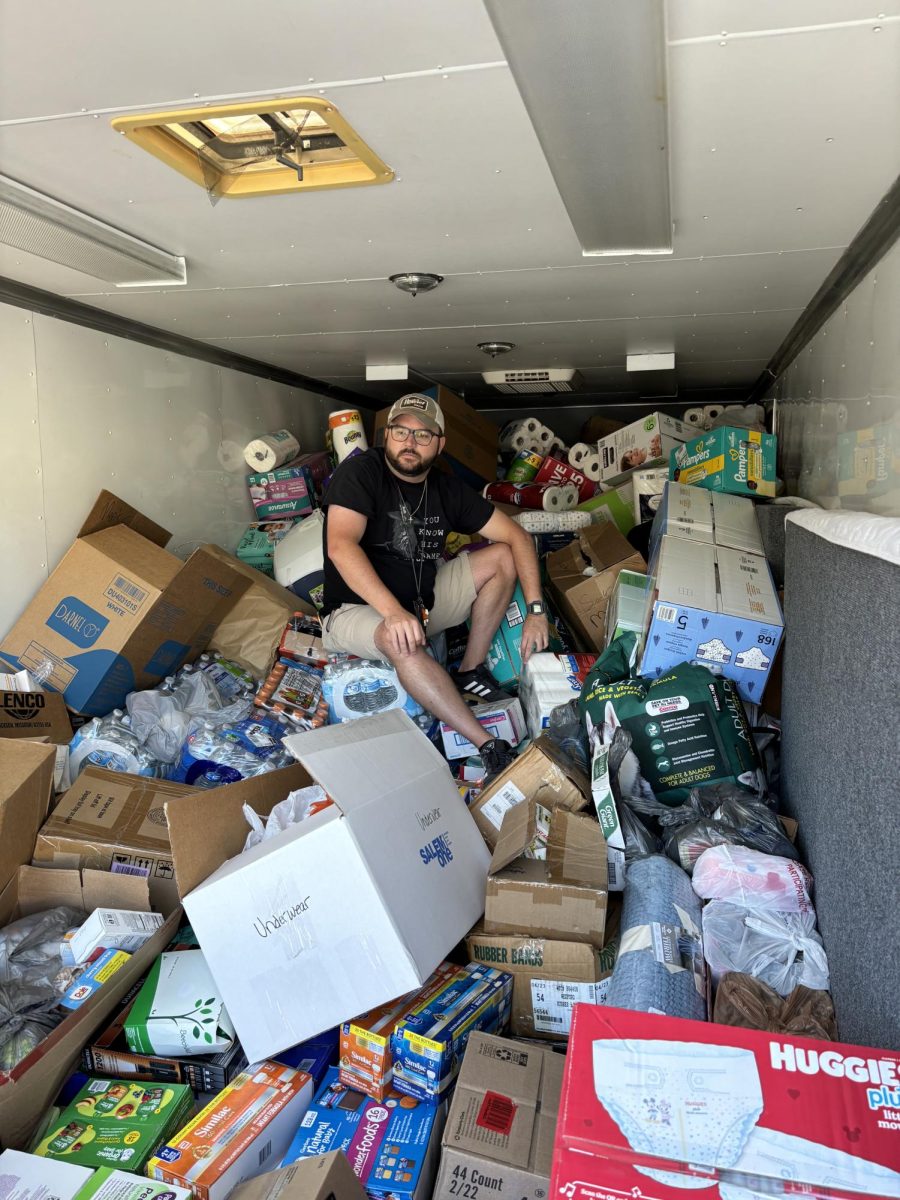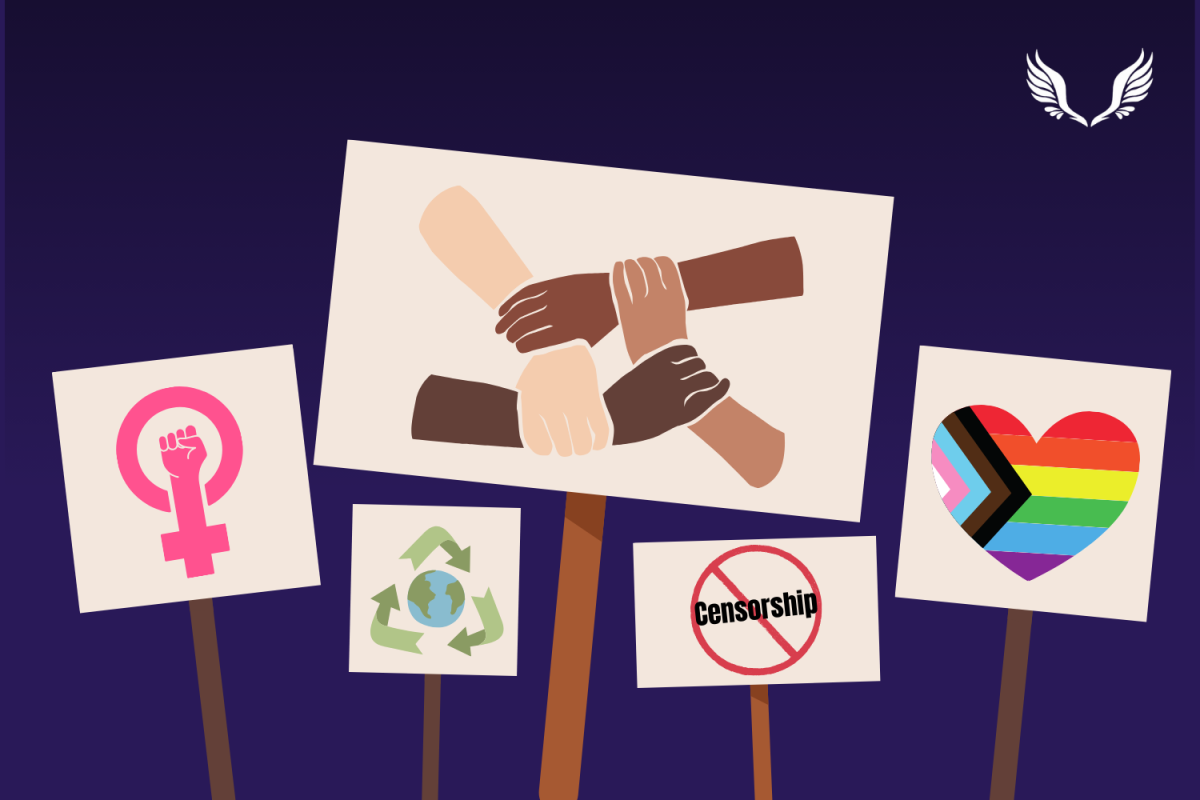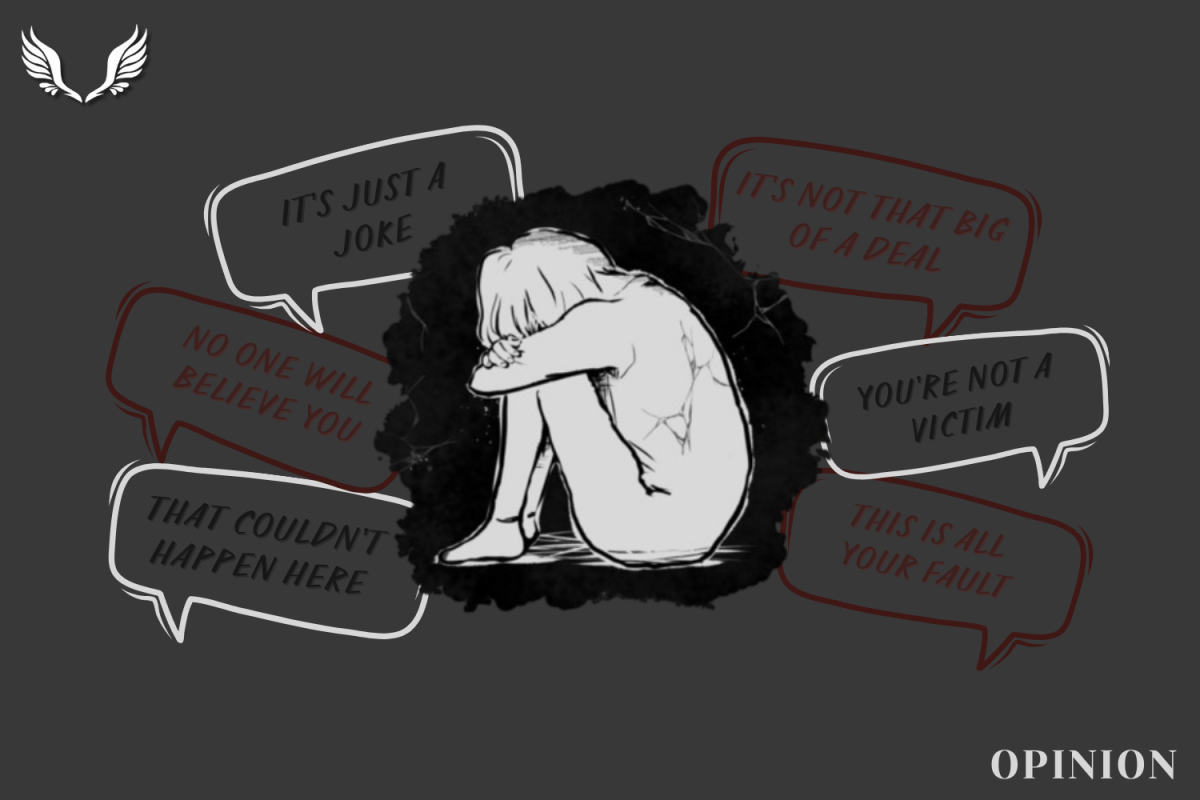Many of us on social media know that we are not immune to the influence of a shopping haul or two. With fast fashion dominating the pacing cycles of trends and influencer-driven economic commerce platforms such as TikTok Shop, Amazon, Shein, and Temu, there is an overwhelming amount of products to purchase, leading to overconsumption. Overconsumption is, quite simply, the “excessive consumption or use of something.” But to the average consumer, it means the excessive use of goods and services to the point that they can’t replenish or reuse them, or, moreover, don’t want to.
“Overconsumption core” is exactly what it sounds like—excessive purchasing encouraged by social media influencers, especially popularized through TikTok.
If you’re unsure if you’re a part of this trend or not, just know it’s not difficult to fall victim to—there are many other people who have an 18-step skincare routine, every color of Stanley tumblers, and multiple packages en route to your mailbox at this moment in time. But what’s wrong with overconsumption, and how does it affect various aspects of our lives?
How Fast Is Your Fashion?
“Fast fashion” refers to the rapid production and distribution of trendy, inexpensive clothing that’s designed to keep up with the latest fashion trends. This is most prominently exhibited through e-commerce platforms such as Shein, Fashion Nova, Forever 21, H&M, and so many more. These clothes are mass-produced, often with employees working in inhumane conditions and getting severely underpaid, and are purposefully designed to have a limited lifespan, often tearing or becoming frail very quickly.
The fast fashion industry is currently responsible for over 10% of the annual global carbon footprint, following behind the electricity and transportation industries. As a result, fast fashion brands are producing twice the amount of clothes today than in the year 2000. This dramatic increase in production has also caused an increase in both pre- and post-production textile waste. Clothing items and garments account for over 10% of all microplastics dispersed into the ocean every year, as nylon and polyester continue to dominate the textile game, of which one is cheaper and made up of more plastic than the other (spoiler alert: nylon wins). Although the entire world has been overtaken by fast fashion pollution, developing countries are forced to bear the weight more than others, due to cheap manufacturing, labor costs, and limited environmental regulation.
Another obvious issue with overconsumption is our obsession with materialism. It’s easy to obsess over materialistic items and popular brand names, which today equate to social status.
It’s safe to say that Gen Z is quite hypocritical in the case of fast fashion. Many preach about their vocal stance on practicing sustainability and choosing eco-friendly options as they’re attending Coachella in Shein-clad outfits and leaving their trash on the ground after camping out for the weekend.
From Farm to Kitchen: The Hidden Level of Food Waste
It is important to recognize the connection between food loss and waste and climate change. An estimated one-third of all food intended for human consumption is wasted annually, which results in roughly 133 billion pounds of waste. When food is discarded, all of the efforts to produce, process, transport, prepare, and store it are discarded at the same time. Food loss and waste also exacerbate the climate crisis with its significant greenhouse gas emissions of Carbon Dioxide (CO2), and methane—a powerful greenhouse gas that contributes to global warming—when it eventually ends up in landfills.
Overconsumption and food waste are closely linked, as overconsumption at the consumer level leads to supermarkets and food suppliers being forced to order more stock than required, which, moreover, puts an unnecessary strain on agricultural and food production systems. This overproduction not only wastes food, but it also wastes the resources required to produce it, such as water, land, and labor.
These environmental impacts are a direct consequence of overproduction, overconsumption, and food waste. With that being said, what starts in a consumer’s shopping cart has a direct impact on how food is managed throughout retailers and manufacturers, creating a cycle of waste throughout the supply chain.
Strategies for Change
In order for us to address overconsumption and overproduction, there needs to be a change in consumer behavior in all aspects of our lives. Although everyone needs to be involved, it starts at the individual level, and there are multiple ways to limit overconsumption.
A great place to start is by using reusable containers as opposed to disposable ones. Reducing plastic usage, going paperless on bills, and utilizing public transportation are other beneficial ways to use fewer natural resources in your everyday life. Another way to fight overconsumption is to reduce your meat and dairy consumption. Meat production is a lot more detrimental to the planet than many realize, and adopting a plant-based diet is an excellent way for individuals to practice sustainability.
In order to reduce our environmental impact through the fashion industry, we need to eliminate fast fashion sources altogether. Instead of shopping from Shein, go to a local or online thrift store to buy clothes second-hand. Purchase your articles of clothing from sustainable brands that use sustainable materials, and extend the life of clothing by purchasing used ones.
Although all of these are beneficial switches and changes to our everyday lives, the most vital one is to prioritize quality and durability over quantity, and to “buy less, buy better.”
Planet Over Profit
It is believed by many that overconsumption stems from the societal idea that we all have to “fit in.” Social media has created and fostered an environment that continues to compare content creators and viewers. “They have all of the cool clothes, and so many cool products… What do they have that I don’t? Why can’t I live like them?” Social media only fuels these insecurities, and materialistic items are seemingly the only way to temporarily fill this void.
No matter how you look at it, the point is the same: If we use resources at a faster rate than we produce or regrow them, we’ll eventually run out of those resources. And unfortunately, that is exactly what we all are doing. Gen Z might be the most eco-conscious and sustainability-aware generation in history, but our rabid consumption patterns speak a lot louder than our words. What arrives at your home might not cost you a lot, but the environment, human rights, and efforts to reduce waste all pay a hefty price. But in order to reduce the pace of climate change, we have to use our voices and vote for climate-conscious leaders. To enact government action, individuals can engage in seeking out activism and advocating for policies that prioritize climate action in order to help protect our planet.
The simplistic killer to “overconsumption core” is to remember this singular phrase: less is always more.









